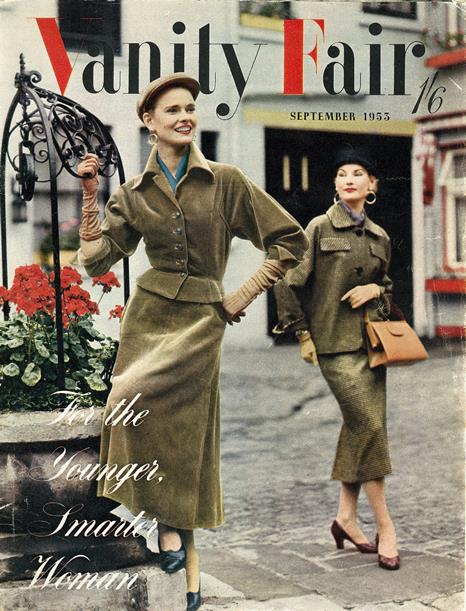If there was one garment that persisted throughout the 1960s, it was the "Chanel-style" suit. Consisting of a collarless, cardigan jacket and a straight skirt reaching a little below the knee, it was an almost timeless style.
To quote Chanel herself, "Fashion changes, but style endures".
The suit pictured above is
not a Chanel original, but an imitation produced by Simplicity patterns made up in a natty houndstooth check. An original Chanel suit was meticulously tailored, taking around 150 hours of manual labour to complete. A chain was stitched into the hem of the jacket so it hung properly, and a ribbon around the waistband so it sat flat and the blouse could not become untucked. Best of all, the pockets in a Chanel suit were real pockets, large enough to carry, keys, a handkerchief, a purse.

































